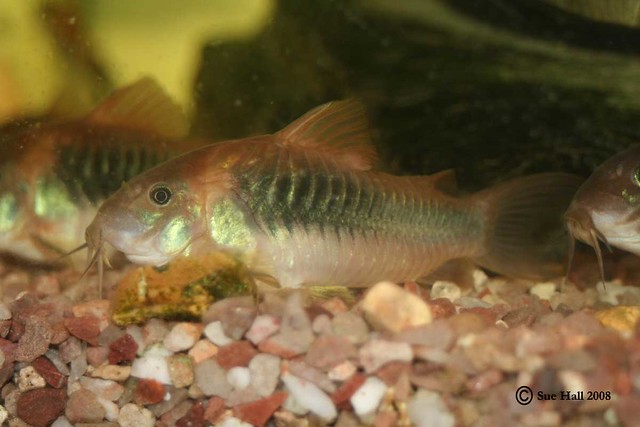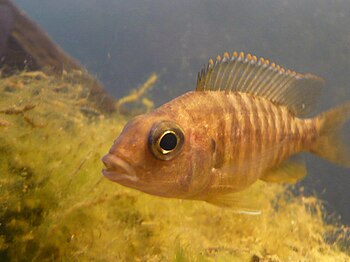 |
| Photo by Fifi Banana |
A fish death aquarium tank is one of the common challenges faced by aquarists. There is a number of factors that could be responsible for the deaths experienced. These are outlined briefly below.
· The aquarist selection of fish.
· The removal and packing of the fish from the pet shop
· Transport time and period and the handling of the fish in transit
· Quarantine procedure.
· Adjustment and adaptation into the new community or environment by the new fish.
· The removal and packing of the fish from the pet shop
· Transport time and period and the handling of the fish in transit
· Quarantine procedure.
· Adjustment and adaptation into the new community or environment by the new fish.
When buying fish from the pet shop always spend some time at the place to inquire about the life history and habits of the new purchase. You can then make a selection from a collection of the same species. Never buy the last specimen in reserve at any shop because if it had been a good specimen, you would not have met it there in the first instance.
Always form the habit of making your fish purchase during the cool periods of the day, preferably before 12 noon or after 4.30pm.
These are the only periods I can guarantee for fish comfort. This restriction is borne out of my observation that most pet shops and aquarists alike do not seem to care about insulation of the fish against temperature fluctuations after gassing them in a polythene.
When making your fish selection from the pet shop be sure the attendant has the expertise to pick fish out from a selection. This you can know through the swiftness with which your choice fish is removed out of the selection.
Reject a fish that has been chased around, gasping for breath... It is a week already! Chances are that it gives up with the further stress that accompanies the transportation of the fish.
Make sure that your new purchase is quarantined. That's a single factor that affects fish survival as pets.
















